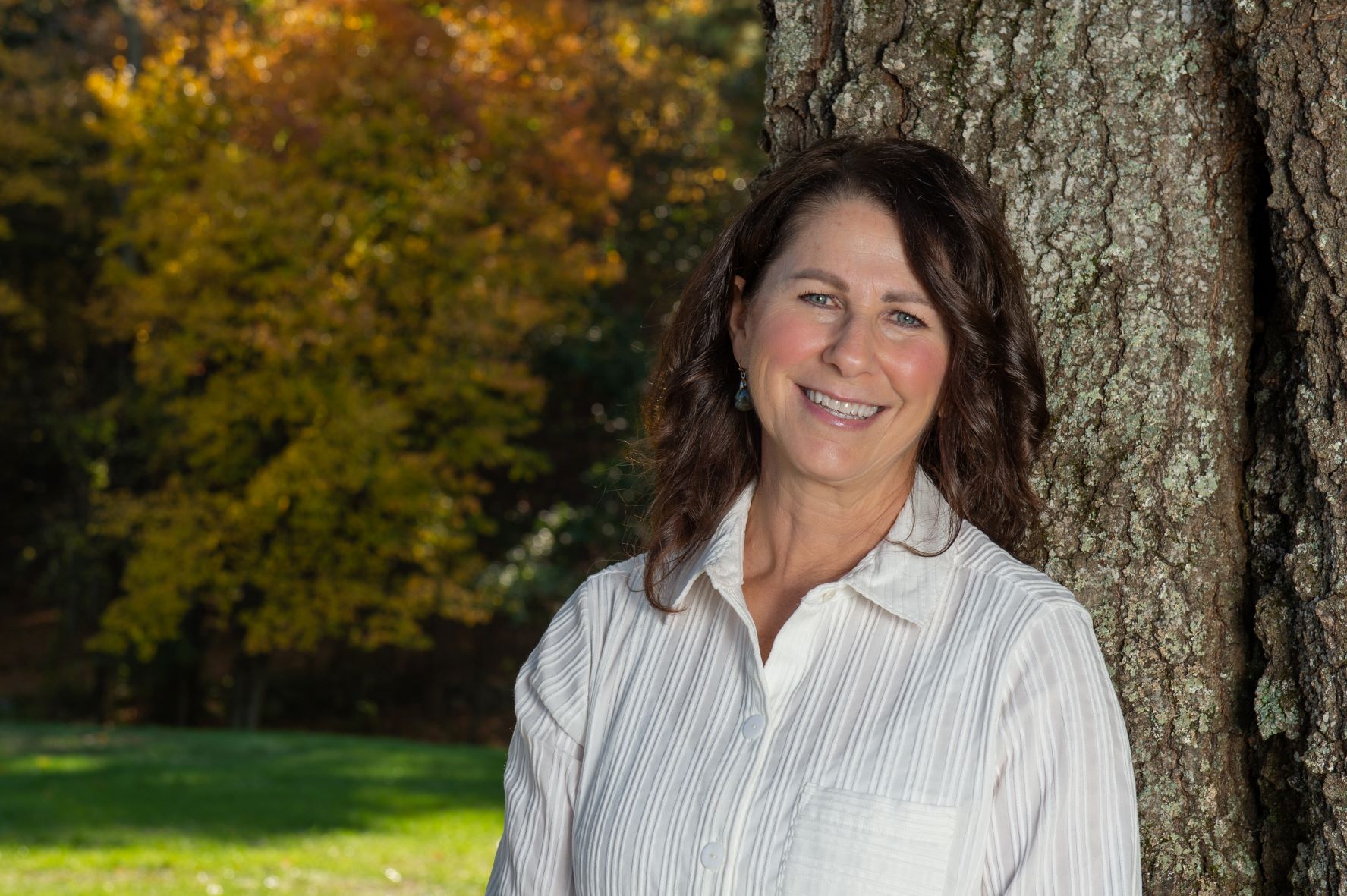For the past 25 years, I’ve held the popular belief that puppies should physically meet LOTS of people during the first few months of life but my latest puppy Rune came home during the COVID-19 lockdowns so that wasn’t possible. Like a lot of my fellow puppy parents out there, I was concerned about how this would affect him long-term.
The Golden Retriever breed is well known for its outgoing, friendly temperament and although I knew socializing a puppy is so much more than just meeting humans and canines, this was unchartered waters.
One aspect of training during the pandemic that I hadn’t considered was the benefit of my puppy not being allowed to greet every person he saw.
To be clear, young puppies absolutely need to meet people so they aren’t fearful around people. Check out this short checklist on some ideas for socializing a puppy while socially distancing here. Rune had met people in my COVID safe circle, but not nearly the amount of people my other dogs had. Time would tell if just seeing people doing ordinary things would be beneficial toward socializing.
Fast forward 18 months in this forced social experiment and what I’ve learned is that even though he didn’t physically meet (actually being petted by) lots of people during those first few months, it had zero effect on how comfortable he is around people. The flipside is that social distancing limited the number of opportunities to practice teaching an enthusiastic puppy how to properly greet people- but this is a topic for a different day!
Let’s dig a little deeper into why seeing people in action worked so well during the early socialization phase.
Part of the reason is related to genetics and another part is related to the early socialization that took place while the puppy was still with his littermates. Answering these questions will provide some insight:
- Is the puppy’s breed outgoing in temperament?
- Were the puppy’s parents friendly?
- Was the puppy socialized to different sights and sounds when he was with the breeder?
- Did he have ample human interaction when the puppy was with his littermates?
Another part is determined by the puppy as an individual and his response to people.
- Is the puppy consistently comfortable and happy to be around his human family?
- Does the puppy have the same friendly response to people outside the family?
- Does the puppy try to initiate greeting a new person on his own?
During pre-pandemic times with my previous dogs, there were many times strangers would approach me so they could get in a puppy cuddle. Most people can’t resist a little, fluffy puppy toddling along but once that puppy reaches 40 pounds or more, the number of people interested decreases dramatically. During the first months when the puppy is small, the puppy is rewarded repeatedly with petting and attention, so by adolescence, they have learned they are rewarded for approaching strangers.
By the time my previous puppies were around six months old I had to reteach them not to approach every person they saw. In their mind, greeting strangers had been a green light for the first six months of their life so naturally they were confused when the rules had suddenly changed.
This story of Rune in the spring of 2020 illustrates the benefit of limited greetings as a young puppy while on a walk:
When Rune was about 4 months old we were walking on a trail in the woods. He was dragging his long line and was about 15 feet in front of me when he saw a man riding his bike toward us.

As soon as Rune saw the man on the bike he automatically sat and continued to watch the man approach.
The man stopped and expressed his surprise at how well behaved he was for such a young puppy.
Rune had seen moving bikes previously, so I wasn’t surprised he wasn’t afraid but I was surprised that he didn’t go bounding over to the man, that is until I thought about it. The fact was, Rune had never been allowed to approach a stranger on the trail. What he had learned was to sit and stay while people passed us when walking in public.
Raising a puppy during the pandemic highlighted an area where I could be more consistent. I never ended up needing to change the rules for Rune once he became an adolescent as I did with my other dogs. From the time he was 8 weeks old I was teaching him to sit and wait while people and dogs passed us.
Hopefully, by the time I get another puppy, social distancing will be a thing of the past and we won’t be limited with our socializing opportunities. When that happens, I will aim to strike more of a balance when socializing with new people during those first six months. How my puppy handles the interactions will be more of a guide as to how many people he meets versus allowing an all-access pass with the public.
Susan Lynch is a former competitive dog trainer who has been training, competing and volunteering with her Golden Retrievers since 1995. In 2020, she founded Life with Rune, a Facebook community that documents the socializing and training of her own puppy Rune. In 2021, she was awarded the Rachel Page Elliot Lifetime Achievement award by the Golden Retriever Club of America. Her memoir Life After Kevin: A Mother’s Search for Peace and the Golden Retrievers that Led the Way is available here . To learn more, visit: www.susan-lynch.com.
For socializing ideas and training tips go to the Life with Rune Facebook group and click on the Guides tab at the top of the home page.
